
|
|
|
|
|
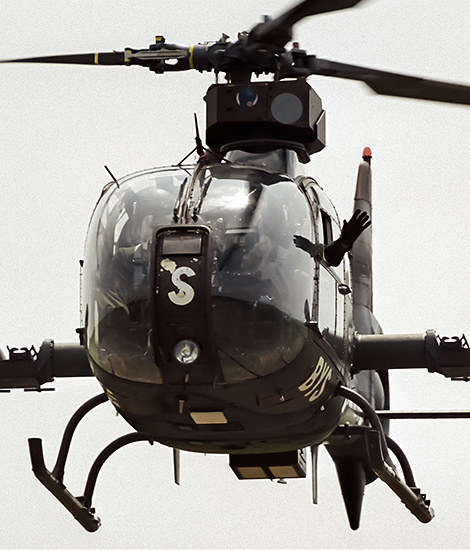
|
The Aérospatiale SA341/342 Gazelle; Etain-Rouvres, May 27, 2001
Gazelles in French Service; Text and Photograph's by Alex van Noye
The Aerospatiale Gazelle is used by the French Army Aviation Component (ALAT). The Gazelle is mainly used as an anti-tank helicopter and is therefore armed with the Euromissile HOT missiles. A light support version of the Gazelle is equipped with a 20 mm cannon and is used for reconnaissance flights and light support.
The Aérospatiale Gazelle helicopter is often used for light transport duties, reconnais- sance flights and light attack tasks. The helicopter is driven by a single turbine engine and was the first helicopter with a Fenestron tail instead of a conventional tail rotor. The helicopter is manufactured in France and the United Kingdom through a joint production agreement with Westland Aircraft. The Gazelle was designed when the French army wanted to have a light observation helicopter to replace the Aerospatiale Allouette III. Sud Aviation began developing a light observation helicopter based on the Allouette II with space for five persons in 1966. The first prototype of the SA340 first flew on April 7, 1967. The helicopter flew initially with a conventional tail rotor of an Allouette II. The tail rotor was replaced with the characteristic Fenestron tail on the second prototype in the beginning of 1968. Four prototypes were built of the type SA341, including the British Westland Helicopters variant. The Gazelle showed its abilities on May 13, 1967 when two separate world speed records were broken on a closed circuit. The helicopter reached a speed of 307 km/h over 3 kilometers and 292 km/h over more than 100 kilometers. The Gazelle entered service in the French army from 1973. The Gazelle has since then been exported to many foreign customers. The Gazelle has also played an important role in many conflicts around the world.
The French ALAT has a number of variants of the Gazelle in use. The helicopters flying at the ALAT are all based on the SA341 and SA342 design. The first variant of the Gazelle was introduced into the army on August 2, 1968. This gazelle variant was of the model SA341. There were four pre-production models of this type been built. One of the helicopters was built according to the British demands and eventually became known as the Gazelle AH1 and first flew on April 28, 1970. The SA341 1001 was the first French production helicopter. The initial testing of these Gazelles was started on August 6, 1971. The helicopter had a longer cockpit and an enlarged tail
|
|
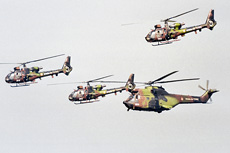
|
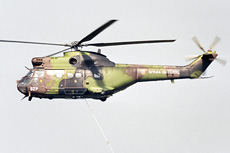
|
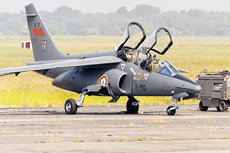
|
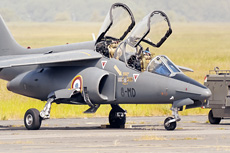
|
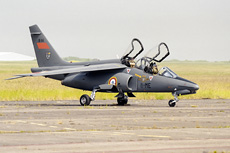
|
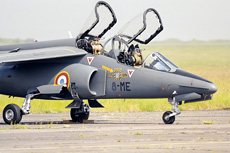
|
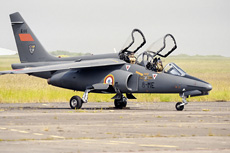
|
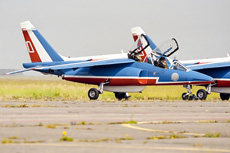
|
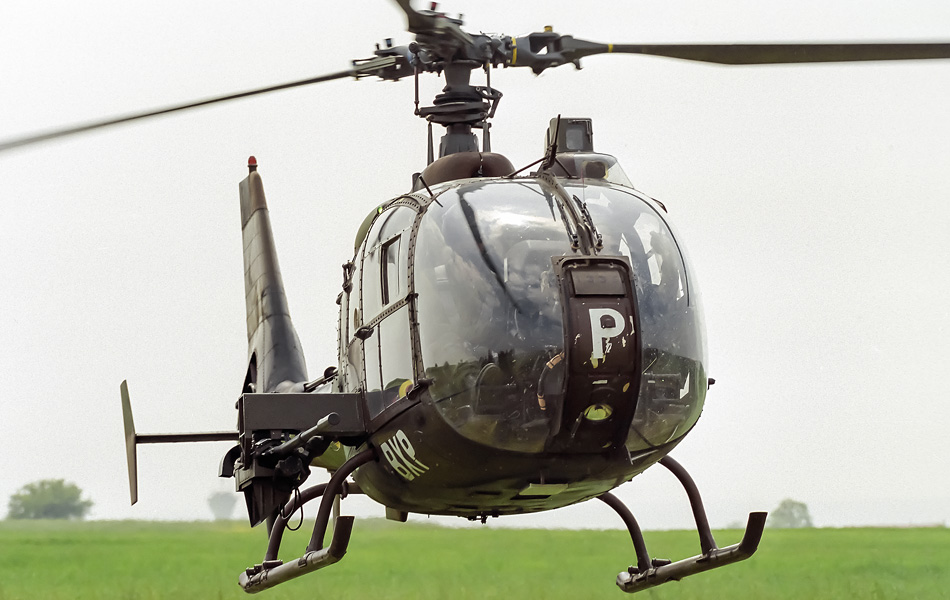
|
section. These modifications were made to build in the larger Turbomeca Astazou IIIA engine in the helicopter. The SA341F version is built for the ALAT. The helicopter had an Astazou IIIC engine. There are a total of 166 helicopters of this variant been built for the ALAT. The Gazelles were equipped with an M621 20mm cannon on the right side of the fuselage. The SA342L is the military version of the SA342J and is equipped with the Astazou XIV engine. The SA342 Gazelle is the variant of the helicopter which is capable to carry a variety of weapons. These weapons often include the Euro Missile HOT anti-tank missiles. The helicopter is able to carry six of these wire-guided missiles. The SA342M is the French anti-tank version of the Gazelle. The helicopter is also equipped with the Astazou XIV engine. The helicopter is also equipped with up to six HOT missiles and carries the SFIM APX M397 spotlight under the nose.
The Gazelle is in many French army units in operational service. The training of the French Gazelle pilots starts at Dax in the south of France. The pilots start their flight training at the Ecole de l'ALAT (Army Pilot Training). During this training the pilots learn to fly in a helicopter. This training will be completed on the gazelle helicopter. After this basic training, the pilots go to Le Luc/Le Cannet for a specialization on a specific French helicopter type. During their training at the École d'Application EAALAT l'ALAT (ALAT specialized training) are the pilots which are chosen to specialize to fly the Gazelle trained on this type. During this training the pilots will next to flying the Gazelle also learn tactics and usage of weapons. There are seven operational helicopter regiments which were active in France of which five are nowadays still active. At Phalsbourg/Bourscheid near the German border is the 1 RHC (1 Régiment d'Hélicoptères de Combat)(1 Regiment Combat Helicopters) stationed. The 3 RHC is stationed at Etain-Rouvres near the border with Luxembourg. Pau/Pyrenees near the Pyrenees is the only airport of the ALAT where two regiments are stationed. At this airfield are the 4 RHFS (4 Régiment d'Hélicoptères des Forces Spéciales) (4 Regiment Special Forces Helicopters) and the 5 RHC based. At Compiegne is the 6 RHC stationed. This airbase is located north of Paris. On Villacoublay/Vélizy near Paris is the Comalat Le Commandment de l'ALAT stationed.
The French ALAT has frequently used the Gazelle abroad. The helicopter was in the 90s the main attack helicopter of the ALAT. Often the helicopters have been deployed to international peacekeeping forces. Some broadcasts were in Chad in the 80s, the former Yugoslavia in the 90s, Djibouti in 1991 and 1992, Somalia in 1993 and Ivory Coast from this year on. In Africa the ALAT was very active in the 90s. The Gazelle plays an important role in many deployments. One of the most notable deployments was during the Gulf War in 1990 and 1991. The ALAT then had more than 50 helicopters in Iraq available as part of the international coalition. During Operation Desert Storm, the Gazelles were also used with some regularity. The SA342 Gazelles armed with HOT missiles were used against targets in Kuwait and Iraq during the liberation. During these coalition actions the French have developed the tactic of constantly attacking enemy convoys. The helicopters operated in several waves and attacked non-stop enemy tanks and bunkers with high speed passes along these targets. The big advantage of the Gazelle during these kinds of missions is the fact that the helicopter is small and fast. This makes the Gazelle a very mobile and flexible helicopter for rapid offensive actions. The Gazelles were also very often used during UN support missions. In 1992, the helicopter was used during the intervention during the Bosnian War. Besides commitment from land, the Gazelles were in the past regularly been deployed from naval vessels. The helicopter behaves well over many different types of land.
|
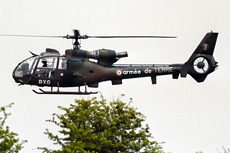
|
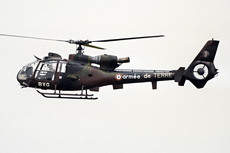
|
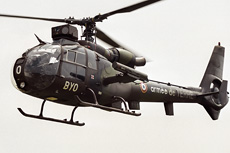
|
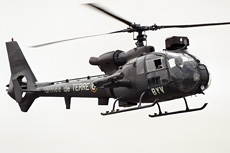
|
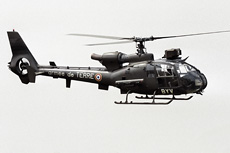
|
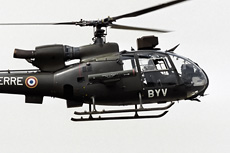
|
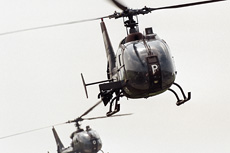
|
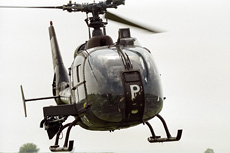
|
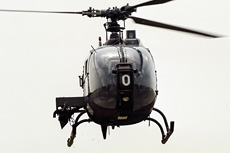
|
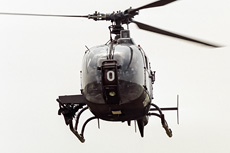
|
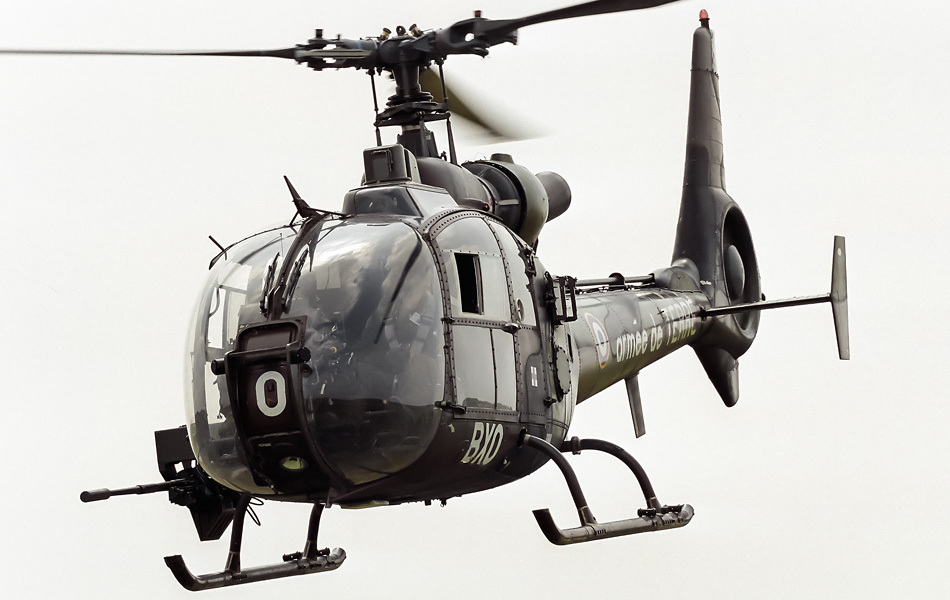
|
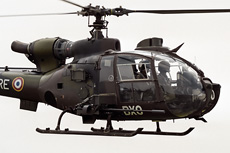
|
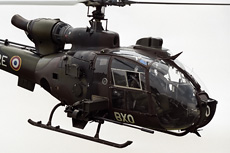
|
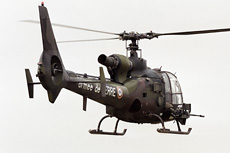
|
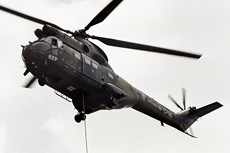
|
|
|

|







